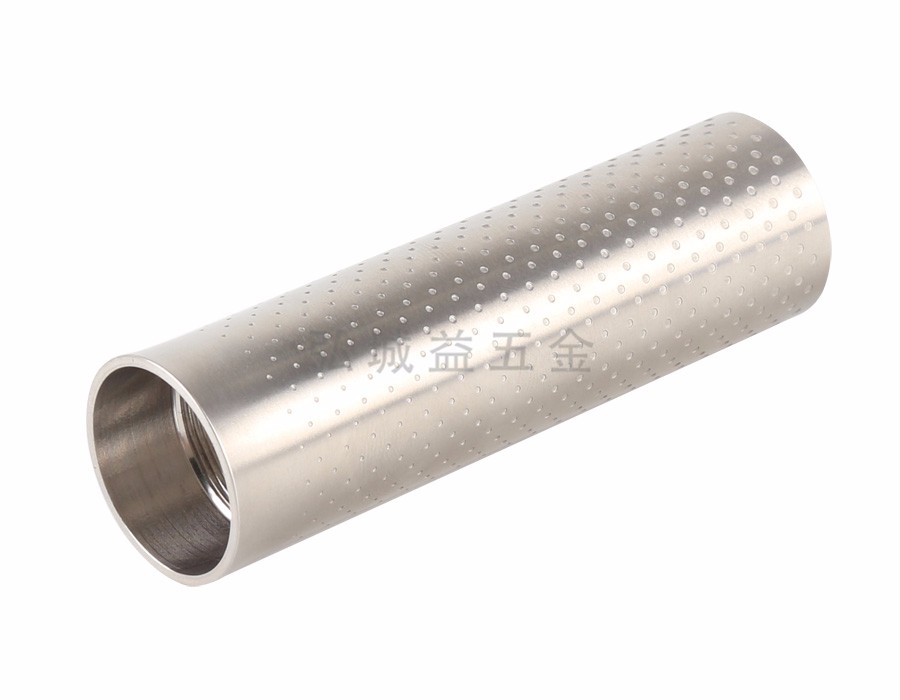
CNC machining of turning parts is a typical reduction manufacturing process, which uses computer programs to control cutting tools to remove some material from the outside of the material. The following are the main steps of CNC machining for turning parts:
Select and determine the CNC turning content of the parts, which usually includes a detailed interpretation of the drawings to determine the optimal cutting path and tool selection.
Prepare the selection and adjustment design of tools and fixtures. At this stage, it is necessary to select tools and fixtures that are suitable for specific tasks, and adjust and design them as needed.
Design and calculate machining trajectories. This step requires determining the movement path of the cutting tool on the material surface to ensure accurate completion of the designed shape and size.
Write a CNC turning program. This is a core step that requires integrating all designed tool paths, cutting parameters, and other information together to generate a program that can control the machine.
Conduct first piece trial processing and handle on-site issues. Before formal mass production, it is usually necessary to conduct first piece trial processing to verify the correctness of the program and make adjustments based on the problems encountered on site.
Prepare technical documents for CNC machining processes. This step is mainly to record and summarize the entire process, including design decisions, tool selection, program writing, and other considerations, providing reference for subsequent production.
The CNC machining of turning parts has the characteristics of high precision and efficiency, and it is necessary to pay close attention to details throughout the entire process to ensure that each step is correct and accurate.